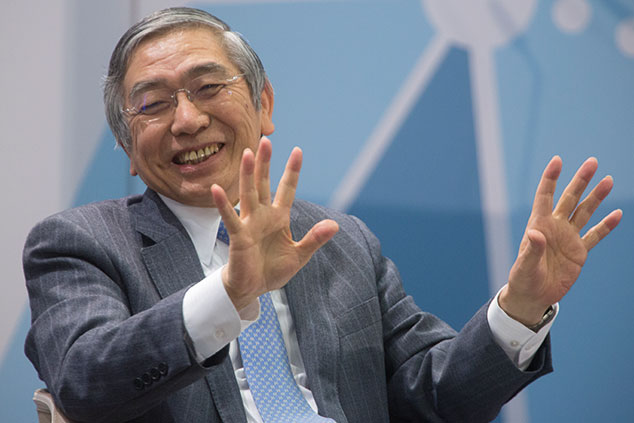
In the early and mid-2000s, the Japanese market consistently saw around 100 initial public offerings a year. When the crisis struck, flotations slipped sharply, but now we are finally on track for a post-crisis high, says the Nikkei Asian Review.
We’re likely to see 90 to 100 initial public offerings (IPOs) this year, according to Nomura, an investment bank. If the top end of that range is reached, it would be the highest number since 121 in 2007. IT and services firms are leading the charge. Household names going public include SoftBank’s domestic wireless unit, Mercari, a flea-market app, BizReach, a recruiter, and QB House, a chain of no-frills barbers.
IPOs are a symptom of growing underlying confidence in a market that recently reached 26-year highs, but has yet to regain its 1989 peak. They are another sign that Japan is truly on the mend. They are partly a direct result of the most encouraging development of recent years: a tightening labour market, a crucial precondition for a sustained uptick in inflation powered by higher wages.
Escaping deflation
Many companies are floating in order to raise their brand’s profile and secure talent, SMBC Nikko Securities told the Nikkei Asian Review. Another key ingredient in the market rally of recent years has been extremely loose monetary policy. Near-zero interest rates and constant money printing appear to be helping Japan “crawl out of its long deflationary spiral”, says Assif Shameen in Barron’s.
Bank of Japan governor Haruhiko Kuroda has just been reappointed for five years, and his “reflationist” deputy should also instil confidence that ample liquidity will continue to bolster stocks.
Meanwhile, investors have always kept a close eye on the yen, as Japan’s stockmarket heavyweights tend to be exporters. The prospect of lower profits owing to a strong yen dampens confidence in these stock. But these days this isn’t such a big issue, as Leo Lewis points out in the Financial Times. “Since the domestic demand side began really picking up in 2016”, the relationship between earnings per share and the dollar-yen rate has “clearly weakened”.
Another piece of the puzzle falling into place is growing interest from local investors. The week beginning 5 February saw the biggest one-week “splurge of net buying in history” from individual investors, says Lewis. They haven’t been this keen since the late 1980s. Foreign investors have also tended to overlook Japan in recent years, so there is plenty of scope for them to stock up too. Throw in very reasonable valuations, says Asia Shameen – Japanese stocks are on a 2018 p/e of 15 – and the bulls should keep charging.